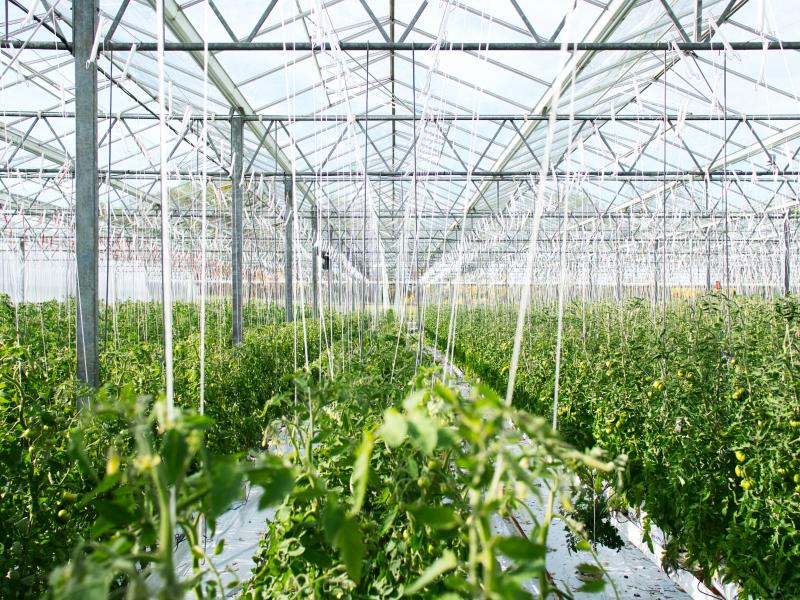High-tech greenhouses

Description of the innovative solution
High-tech greenhouses offer an innovative way to ramp up food production without drastically increasing land use. High-tech greenhouses bring precision agriculture to a new level, by allowing the growers to control every aspect of plant growth to produce the highest quality crop in the most efficient way. High-tech greenhouses have a very high input efficiency of water and nutrients and recycle any water or nutrients that are left over. These greenhouses also are not subject to seasonal and climatic variation, meaning that they can produce high quality crops year-round. Greenhouse farmers only...
High-tech greenhouses offer an innovative way to ramp up food production without drastically increasing land use. High-tech greenhouses bring precision agriculture to a new level, by allowing the growers to control every aspect of plant growth to produce the highest quality crop in the most efficient way. High-tech greenhouses have a very high input efficiency of water and nutrients and recycle any water or nutrients that are left over. These greenhouses also are not subject to seasonal and climatic variation, meaning that they can produce high quality crops year-round. Greenhouse farmers only have to spend money on exactly what their crops need, which makes them much more economically efficient on the long term than many types of outdoor agriculture. Additionally, in the future high-tech greenhouses could be located near or in urban areas which would allow for a large decrease in transportation costs. With high-tech greenhouses food can be grown anywhere, regardless of the environmental and climate restrictions of an area. They also have a large potential to curb greenhouse gas emissions. Agriculture contributes significantly to the world’s greenhouse gas emissions, but with the implementation of more sustainable practices that can be changed. High-tech greenhouses can sustainably produce food and because they can be located anywhere which means that greenhouse gas emissions associated with the transportation of fresh produce could potentially be reduced.
Examples and additional resources
Real-world examples
See this solution in action in different contexts and settings around the world
DutchGreenhouses
FoodVentures
FoodVentures
FoodVentures
FoodVentures
Bowery Farming
Pure Harvest Smart Farms
Pure Harvest Smart Farms
Additional resources
Learn more about this solution through studies, articles, business cases, and other information
Plant Production in Closed Ecosystems
Contacts
Connect to others working on and with this solution around the world
Pathways to uptake
Engage with our “backcasting tool” to imagine and design “pathways to uptake” for this solution in your setting.
This process involves defining a future vision of this solution being used in your context, and then working “backwards” to identify necessary steps to achieve this vision by 2030. Going through this exercise as an individual or with a team can help to clarify the WHAT/WHEN/HOW of moving a solution (or package of solutions) towards having major impact. We hope these pathways will inspire outside-of-the-box thinking, creative approaches, and actionable concrete steps to move ideas into action.
Pathway builder
Explore pathways for this solution
Be the first one and add a pathway for this solution!